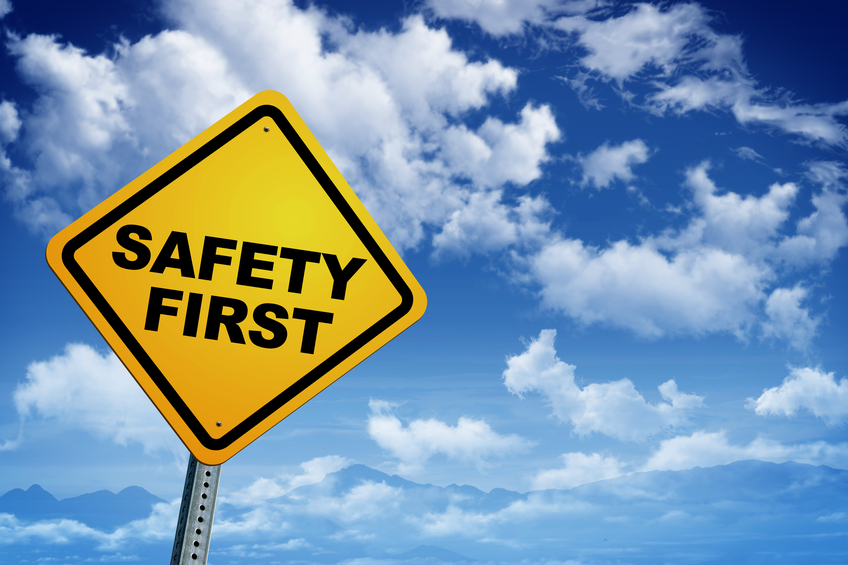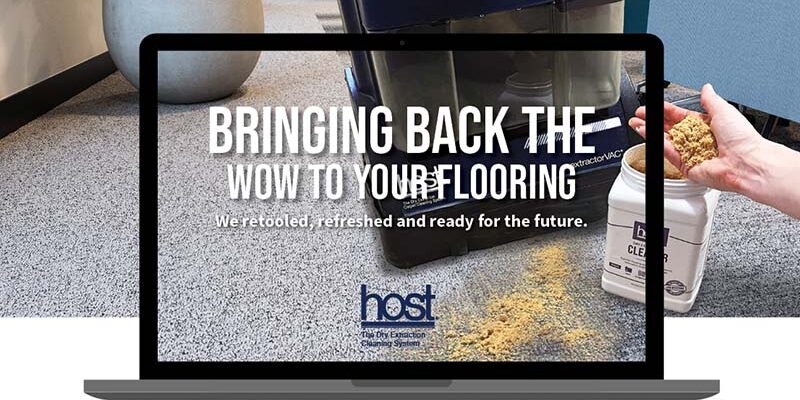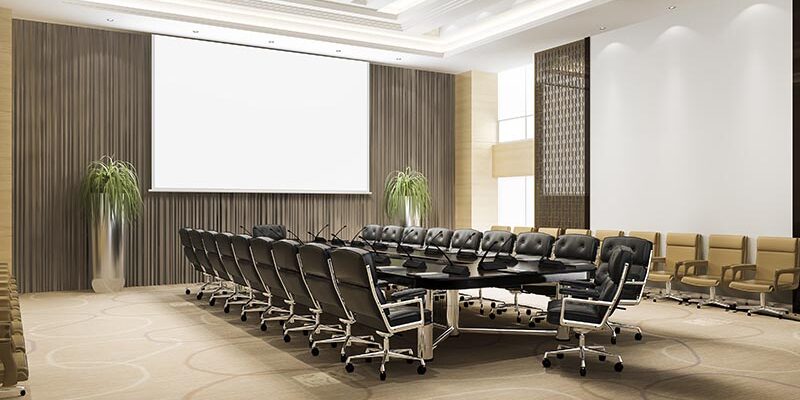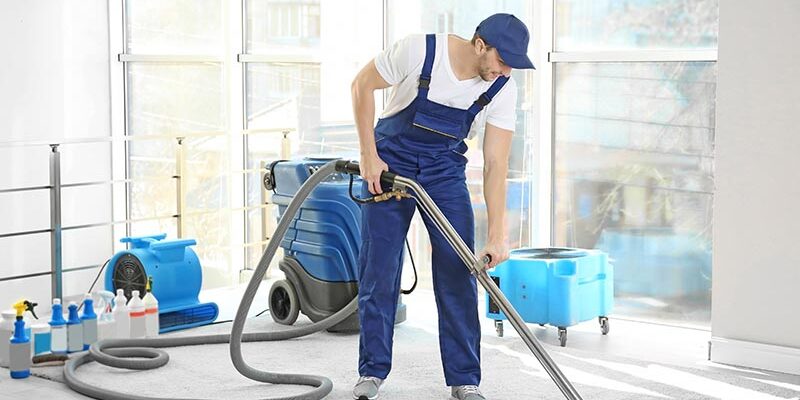Carpet Cleaner Safety: Are You Safe on the Job?

Invariably when we hear about safety as it relates to carpet cleaning, the concerns are from the customer. Will the carpet cleaning chemicals used be safe for my family and pets? Will mold develop, negatively affecting indoor air quality? Will the cleaning process stir up dust, also marring indoor air quality? Are there slip and fall concerns after cleaning the carpet?
We could go on and on. After a few years in the business, most carpet cleaning technicians have heard their customers, residential and commercial, voice just about every safety concern imaginable. But what about carpet cleaner safety? What potential hazards do technicians face every day?
Following are two concerns all technicians should be aware of, along with ways to make sure you are safe and sound on the job.
Chemicals
The customer has a right to be concerned about the cleaning solutions used in carpet cleaning. Some traditional cleaning chemicals used for hot-water extraction include potentially hazardous ingredients such as acid rinses and solvents such as 2-Butoxyethanol. These ingredients can cause eye and skin injuries, and the fumes are potentially harmful as well.
And don’t think that if you use “green” cleaning solution alternatives you are out of the woods. A green-certified cleaning chemical is designed to reduce cleaning’s impact on the user and the environment, not eliminate it. Further, green cleaning solutions are often highly concentrated. Manufacturers do this to help promote sustainability, reduce transport and packaging needs, and so on.
Ways to protect yourself
When mixing cleaning solutions, always wear gloves and protective eye gear.
Let’s discuss protective eye gear first because technicians may not realize just how important it is. While there are no stats specifically for carpet cleaning technicians, we do know that every day in the United States there are more than 2,000 eye injuries, mostly happening on the job. We also know that as many as 90 percent of these eye injuries can be prevented through the wearing of proper protective eyewear.*
Especially when working with chemicals, it is best to select eye gear that has “indirect” ventilation or is “non-vented.” With indirect ventilation or non-vented eye gear, the possibility of chemical splashes getting into the eyes is minimized if not eliminated. This eyewear is also designed to provide a wide, unobstructed view so you can clearly see what you are doing—a necessity when working with any type of chemicals. (See Know Your Goggles below.)
As to gloves, select gloves that are resistant to such things as acids and solvents. There are many types of chemical-resistant gloves, and the manufacturer should clearly state what types of chemicals the gloves resist. Also make sure that the gloves are the right size for you, and select long-sleeve gloves. These gloves cover your forearm, providing extra safety when working with cleaning solutions.
Here are some tips for selecting chemical-resistant gloves:
- Identify the chemicals and chemical ingredients with which you will be working.
- Consult the safety data sheet (SDS) or material safety data sheet (MSDS) for each chemical.
- Check the chemical -resistance guide for the gloves, as mentioned earlier.
- Determine the gloves’ physical factors, such as their flexibility, resistance to punctures and snags, and abrasion resistance.
- It is highly recommended to select long-sleeve gloves when working with chemicals.
- Wear the gloves to see how comfortable they are.
There is one more piece of safety gear that technicians should consider wearing when working with cleaning solutions. For added safety, wear a vinyl chest-to-toe apron to help protect clothing and skin from accidental spills. These aprons are typically very economical, and, just like gloves, some are designed specifically to be resistant to acids, solvents, as well as abrasions.
Slip Hazards
The potential for a slip and fall accident is another legitimate concern when carpets are cleaned. As technicians know, the cleaning solutions used to clean carpets are mixed with water, which can easily collect on shoe bottoms. When walking from the carpet onto a smooth, hard surface floor such as tiles, linoleum, or a stone floor, the chemical and water mixture can eliminate any traction the shoes may have, resulting in a slip and fall. Your client is concerned about it, and you should be also, for your own safety.
Ways to protect yourself: This safety concern can be addressed very easily. Technicians should wear work shoes that offer anti-slip protection. They should consider wearing something referred to as “overshoes,” which can be worn directly over many types of traditional shoes. Some are designed to cover shoes up to your ankles. These taller overshoes would be appropriate for wearing with safety boots, which should be worn when performing restoration work. Along with slip protection and prevention, look for waterproof or water-resistant safety shoes. Some safety shoes will have cushioned soles, making them more comfortable. Also, many are reusable and very easy to clean.
Why Don’t We Wear Protective Gear?
It’s interesting to note that when workers in a variety of industries are asked why they do not wear protective gear such as the items discussed here, one of the top responses is that they simply do not like the way they look wearing them. Because protective gear is not a big money-making item for many manufacturers, there is a reluctance from many to invest in making their protective gear more attractive.
However, a few manufacturers are working to address these “appearance” concerns with, for instance, more designer-looking eye gear. Appearance is becoming a consumer demand issue, which many safety advocates strongly support. After all, if workers like the way they look wearing protective gear, they are much more likely to wear it.
Know Your Goggles
There are many types of goggles or protective eye gear made for a variety of work uses. Plus there are different safety regulations and standards, such as those from OSHA (Occupational Safety and Health Administration) and ANSI (American National Standards Institute), that apply to goggles. Technicians are advised to never “just buy” a pair of goggles for work. They are far too important. Work with an astute distributor or do your research to select the proper pair of goggles for your needs. After all, we’re talking about your eyes.
 Vicky Adams is Category Manager for Safety, Gloves, and Foodservice products for Impact Products, the dominant manufacturer of the Supplies and Accessories Category of the Cleaning and Maintenance Industry. She can be reached through her company website at www.impact-products.com.
Vicky Adams is Category Manager for Safety, Gloves, and Foodservice products for Impact Products, the dominant manufacturer of the Supplies and Accessories Category of the Cleaning and Maintenance Industry. She can be reached through her company website at www.impact-products.com.
*According to the National Institute for Occupational Safety and Health (NIOSH).












